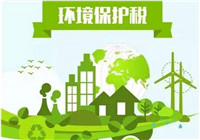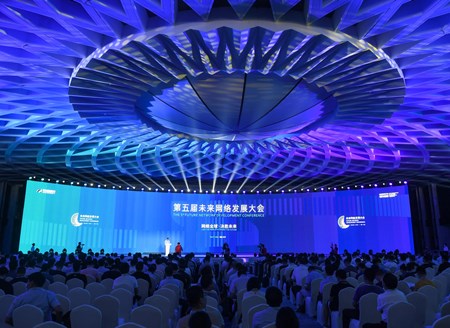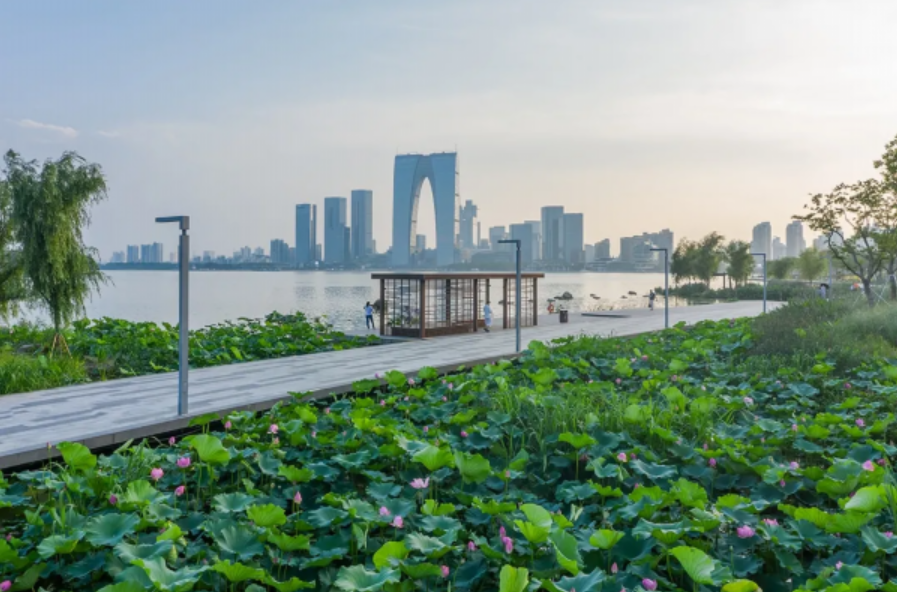East China’s Jiangsu province has made steady progress in energy conservation and emission reduction, green production, and high-quality development since the country’s Environmental Protection Tax Law came into force on January 1 last year.
In the production area of the Nangang Group, large coke ovens are working, but there are no obvious signs of emissions from the chimneys, because the company has adopted the whole process of desulfurization and denitrification that cost the company more than 30 million yuan per unit.
In the initial period when the environmental protection tax began to be levied, Nangang calculated that it had to pay tax of 1.1 billion yuan, so it decided to speed up the pace of environmental protection transformation, and increase monitoring efforts by newly building and putting into operation a number of environmental protection facilities to achieve ultra-low emission of major pollutants such as exhaust gas to make it a green development benchmark enterprise. As the pollutant discharge is lower than the standard 50%, the company also enjoys preferential policies according to regulations, and the environmental protection tax is reduced by more than 30 million yuan.
In Nantong, the province's first "environmental tax cooperation and governance platform" has been successfully launched, bringing together data from taxation, finance, and ecological environment to accelerate information sharing.
As of January 31 this year, 33,908 taxpayers in the province had filed for environmental protection tax declarations, with a total declaration of 4.23 billion yuan, and 2.95 billion yuan in taxes actually paid, ranking first in the country. More and more taxpayers are beginning to change from passive emission reduction to active environmental protection, gradually showcasing ecological effects.
According to the data released by the Provincial Department of Ecology and Environment, the concentration of PM2.5 in the province was 48 milligrams per cubic meter last year. 68.3% of the water quality in the segment of river placed under national evaluation was better than Class III standards while 1% of the water quality wasrated below Class V standards. This year, the taxation department and the eco-environment department at all levels in the province will further strengthen the coordinated efforts by building a provincialenvironmental tax information sharing and governance platform so as to give full play to the role of "green catalyst".
On January 1, 2018, the Chinese government implemented a new environmental tax policy, effectively ending the pollutant discharge fee that had been in effect for the past 40 years.
The Environmental Protection Tax marks the beginning of a slew of new policies aimed at getting China’s pollution under control and will undoubtedly affect businesses, especially manufacturing firms, albeit in varying ways.
The Environmental Protection Tax applies to the same four categories as the pollutant discharge fee that it is effectively replacing: water pollution, air pollution, noise pollution, and solid wastes.
What differentiates the new tax from the fee is that all of the revenue collected will be retained at the local level. Previously, the central government took 10 percent of the fee. Now, local authorities collect 100 percent of the tax revenue and have more power to enforce the tax.
(source:ourjiangsu.com)






